What are Shippers and what do they do?
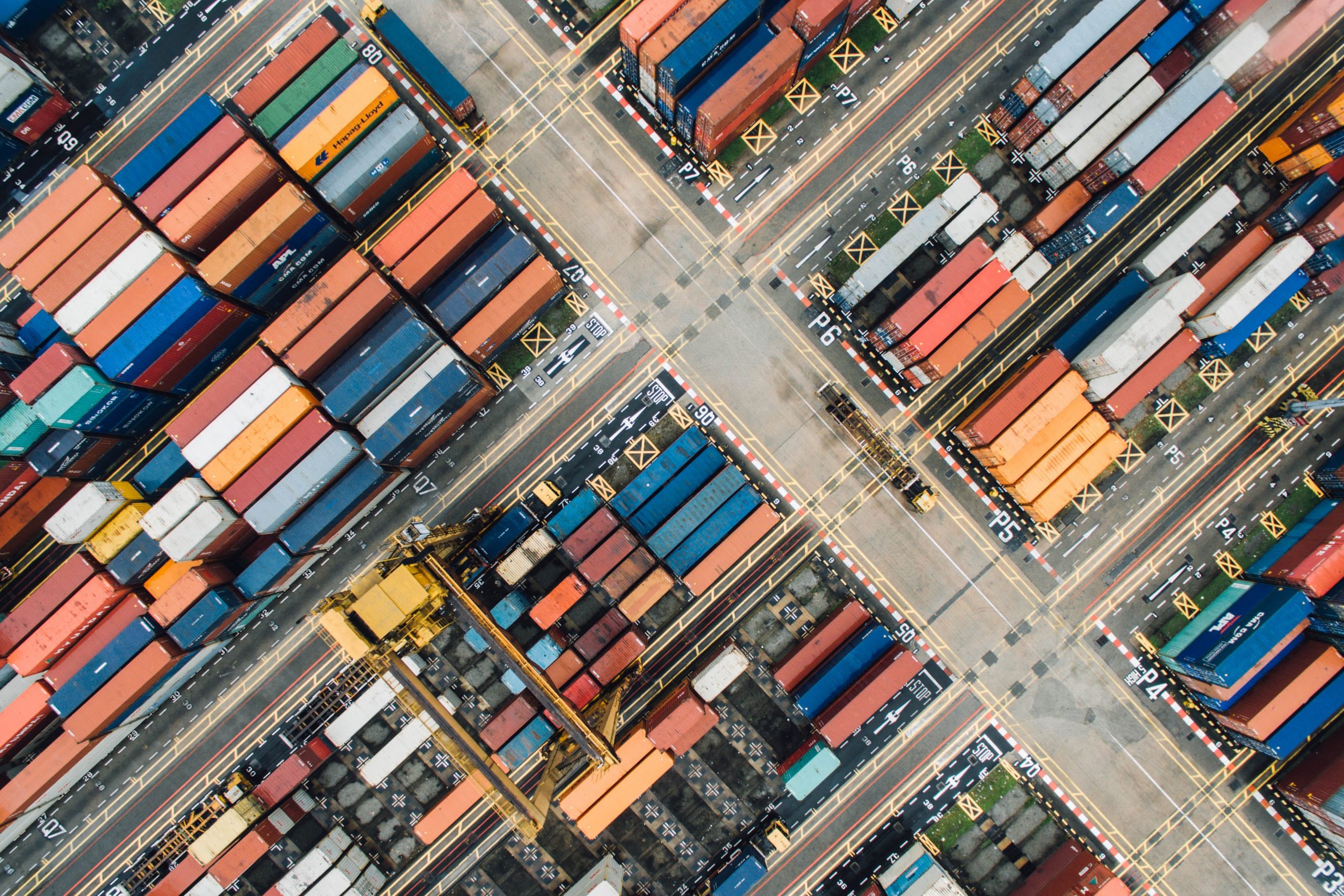
International Trade
Every year goods worth nearly $20 trillion are traded between countries. The goods moved range from raw materials and commodities (such as crude oil, chemical products, agricultural produce and mineral ores), through semi-finished products (such as fabrics for clothing, construction products and parts for automobiles), to finished goods ready for sale in retail stores, or for delivery direct to consumers.
Imports and Exports
Goods brought into a country are known as imports and goods sold to other countries are exports. The volumes and values of these flows of goods are closely monitored and regularly reported on by governments as they greatly affect a country’s economic performance. The difference between the value of goods exported and the value imported is known as the Balance of Trade or Balance of Payments. Countries importing more goods (by value) than they export are said to run a Trade Deficit; and when exports exceed imports the country has a Trade Surplus.
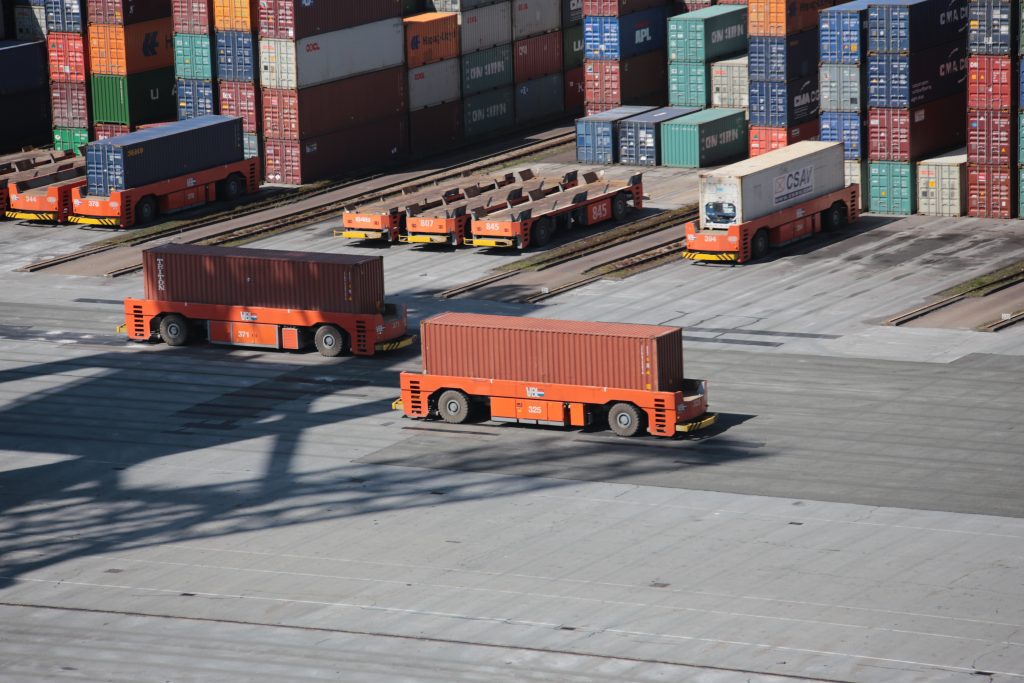
Growth in World Trade
International trade in goods is a barometer of the health of the world economy. The value of world trade has increased significantly in the past 30 years as more countries have opened their economies to international trade. Partly as a result of this, much of the production of materials and manufacturing of goods, that previously took place in Europe and North America close to where goods are consumed, has relocated to East and South East Asia, South America and parts of Africa. This is the process known as Globalisation and has led to the development of a complex global network of transport links to move goods between their country of production and the countries where they are used or consumed.
Trade Deals and Agreements
Through a series of global agreements reached by governments over the past 80 years the restrictions and tariffs (termed trade protections) placed on international trade have gradually been reduced or removed. This has encouraged many nations to reach trade deals or trade agreements with other countries, either one-on-one (called bilateral deals) or with entire regions (multi-lateral trade agreements), such as the Comprehensive and Progressive Agreement for Trans-Pacific Partnership (CPTPP) and the United States, Mexico, Canada Agreement (USMCA).
In 1995 the World Trade Organisation (WTO) was created to oversee international trade conditions and set common rules on trade agreements, quotas and duties. These rules are reviewed regularly by specialists from each country in membership of WTO. WTO also operates a resolution procedure where trade disputes between countries are negotiated and settled.
Trade agreements may continue to limit the amount of goods that can be imported in order to protect domestic manufacturers. This is achieved either by limiting the amount of goods that can be imported in a year by a Trade Quota, or by imposing a Customs Duty on the imported goods, usually as a proportion of their value, to make them more expensive compared to domestic products. Collections of Customs Duty and enforcement of the terms of trade agreements performed by national Customs agencies.
Trade Agreements can also reduce or remove standard quota limits and customs duties where the countries involved agree. For example, the member states of the European Union and others apply no tariffs or quotas at all to trade that passes between them and operate the so-called European Customs Union. Because there are no limits or taxes on what may be imported or exported, there are no border inspections or customs checks performed as goods move between these countries.

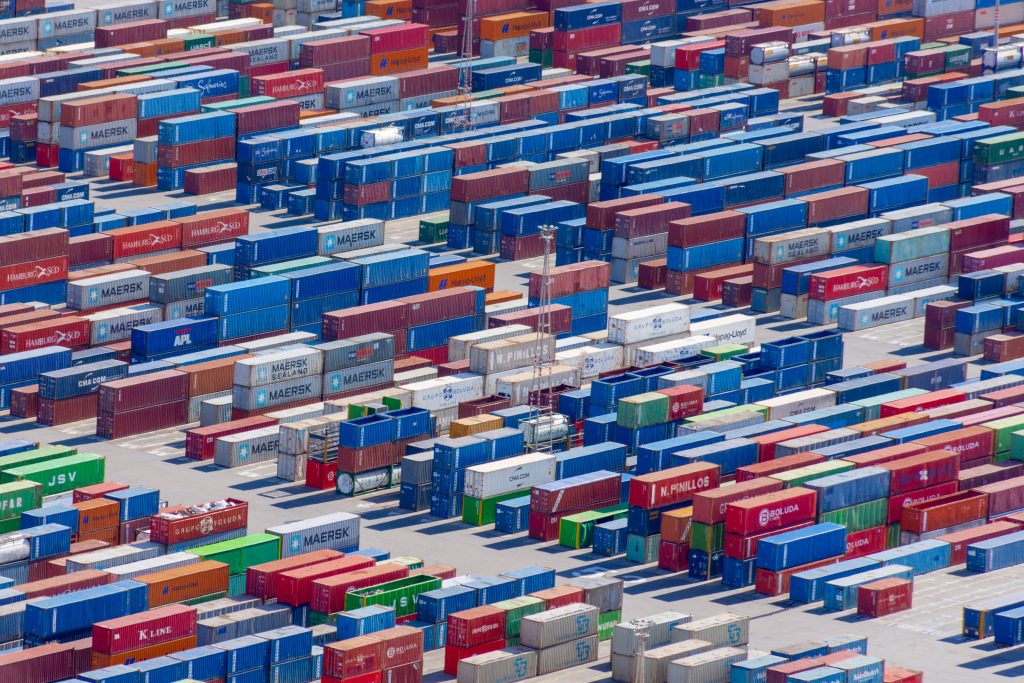
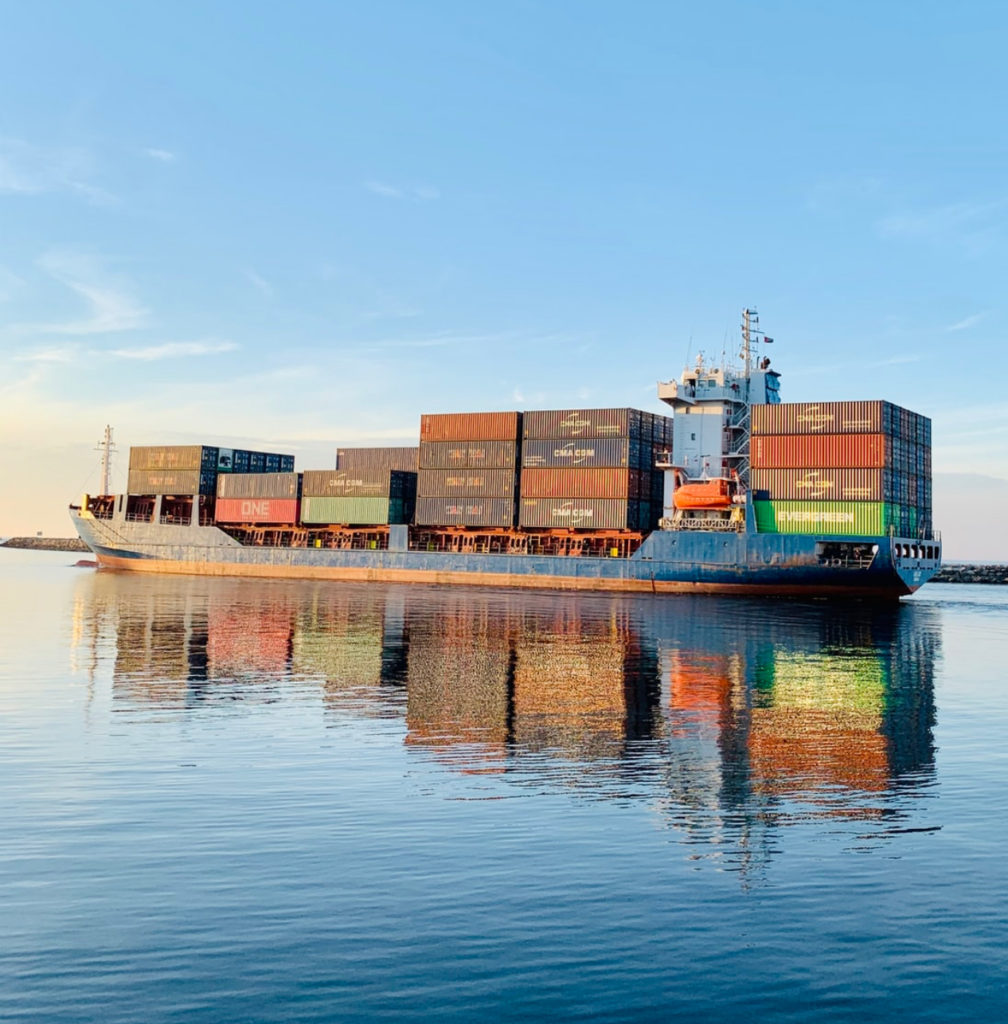
International Logistics
Most international trade in goods is moved by sea, in tankers, container ships or bulk carriers, but a significant proportion of high value and urgently needed goods are moved as air freight in the cargo holds of scheduled passenger flights or by dedicated cargo aircraft. Across continents, goods are moved between countries by road, rail, and on inland waterways. Bulk products are carried by coastal vessels and short-sea shipping services. International movements of goods often involve a mix of these different modes of transport, to move shipments to a port or airport and then deliver them inland once arrived in their destination country.
The operation and management of transport services in order to deliver goods to their end destination is known as logistics. Most logistics services are operated by separate companies, such as shipping lines, airlines, road hauliers, rail freight operators and barge companies. Many of these businesses have diversified their services in recent years to include a mix of different transport modes, so as to position themselves as integrated logistics service providers, able offer smoother transfer of goods between modes and better tracking and visibility of where shipments are on their journey.
A major part of logistics involves managing the storage and warehousing of goods and many logistics service providers offer warehouse management as part of their services. This often extends to the picking and packing of orders for goods, whether they be truckloads for delivery to retail stores, or the picking of individual orders, often placed on-line, for dispatch direct to consumers.
Supply Chains
The sequential movements of goods between the places where they are made or stored to the places where they are used or consumed is termed a Supply Chain. Making sure the right goods are at the right place, at the right time, in perfect condition and within the financial budgets set for them is the job role of supply chain managers.
Supply chain management involves working out what needs to be moved, to which locations, in what timescales and under what conditions, in order to keep production lines going or retail stores full, then contracting with providers of logistics services to bring that about.
The way a corporation’s supply chain is managed will often determine its profitability, as the value of materials, stock and finished products being moved at any one time can amount to a significant proportion of its total costs. Many large corporations have entire departments dedicated to supply chain management with accountability and representation at Board level.
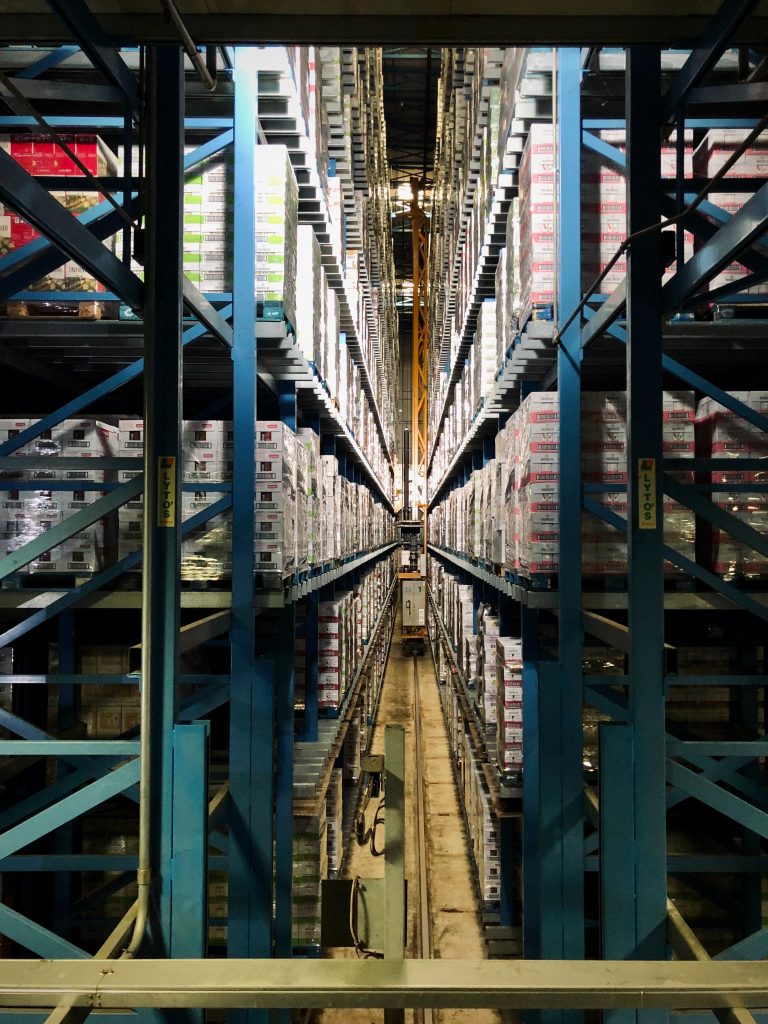
Who are Shippers and what do they do?
Shippers are responsible for the selection and management of logistics providers and ensuring that contracted arrangements are performed to agreed standards. They select providers of transport services to move their goods, usually by competitively tendering their expected requirements, and then oversee the performance of the successful bidder against the contracted terms, including costs, reliability and other agreed indicators, such as safety and environmental performance.
Shippers are also responsible for observing the terms of Trade Agreements (which can affect the labelling and documentation of products) and for completing Customs declarations and other applicable regulatory procedures that may be required of goods as they cross international borders, including checks on products of animal or plant origin, whether goods are prohibited or subject to licensing.
Shippers also need to understand and comply with extensive safety and environmental requirements applicable to the mode of transport they are using. A shipper of goods is the entity responsible for preparing and handing over goods for transport and so is responsible for the correct packing, documentation and marking and labelling of goods as may be required.
Shippers also troubleshoot disruptions as they arise and work with logistics service providers to keep supply chains flowing despite natural disasters, geo-political tensions and unexpected closures of infrastructure.
Shippers work to keep trade flowing despite the challenges and barriers sometimes put in their way by governments, border agencies and service providers.
Shippers make international trade happen.
Learn how GSF helps Shippers



